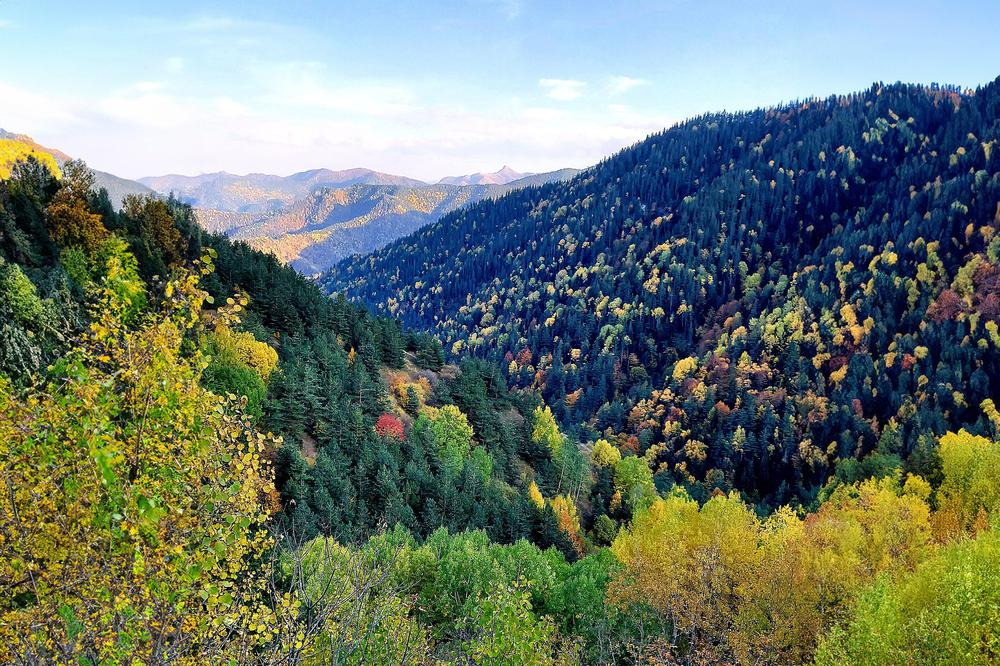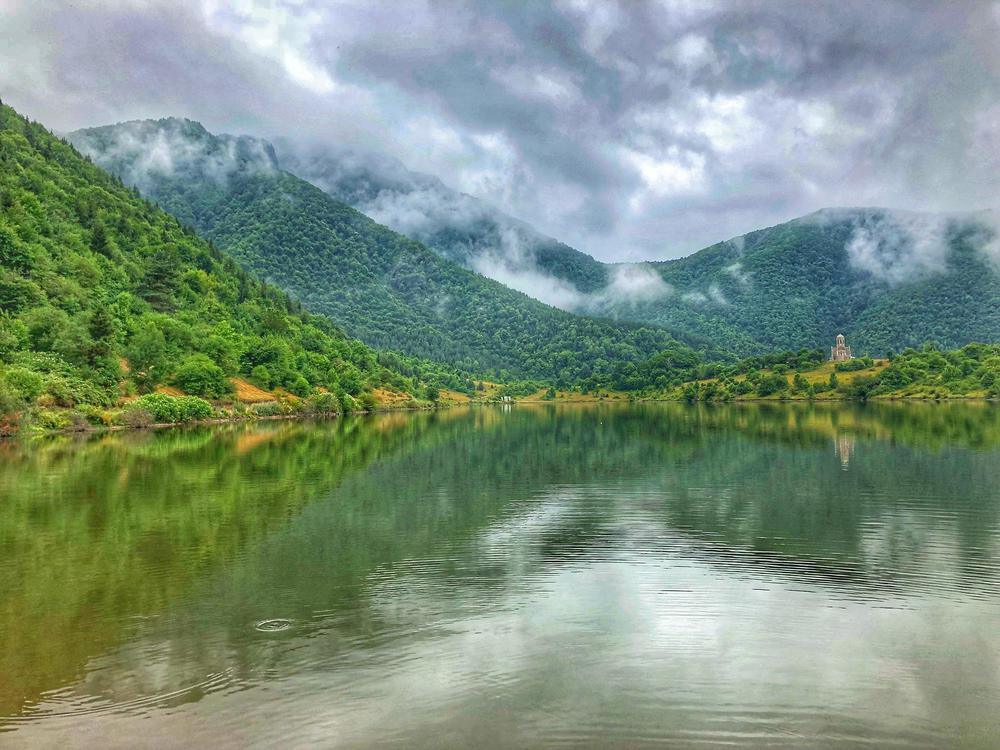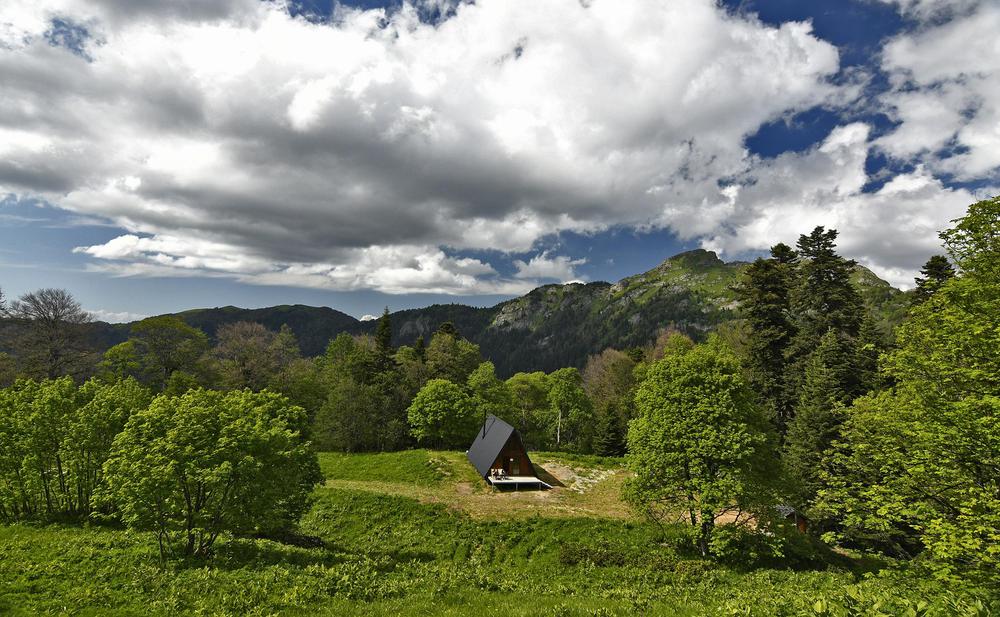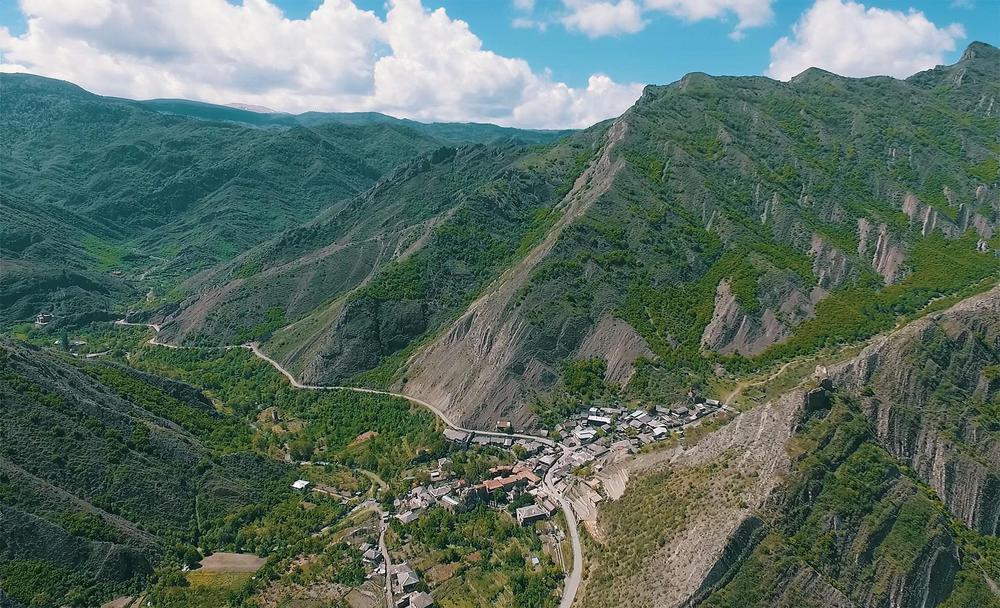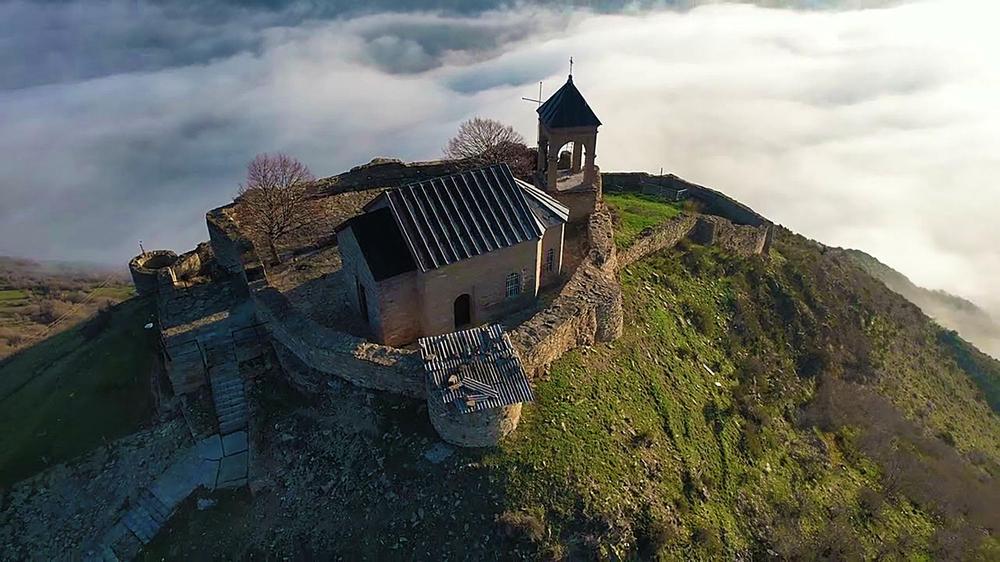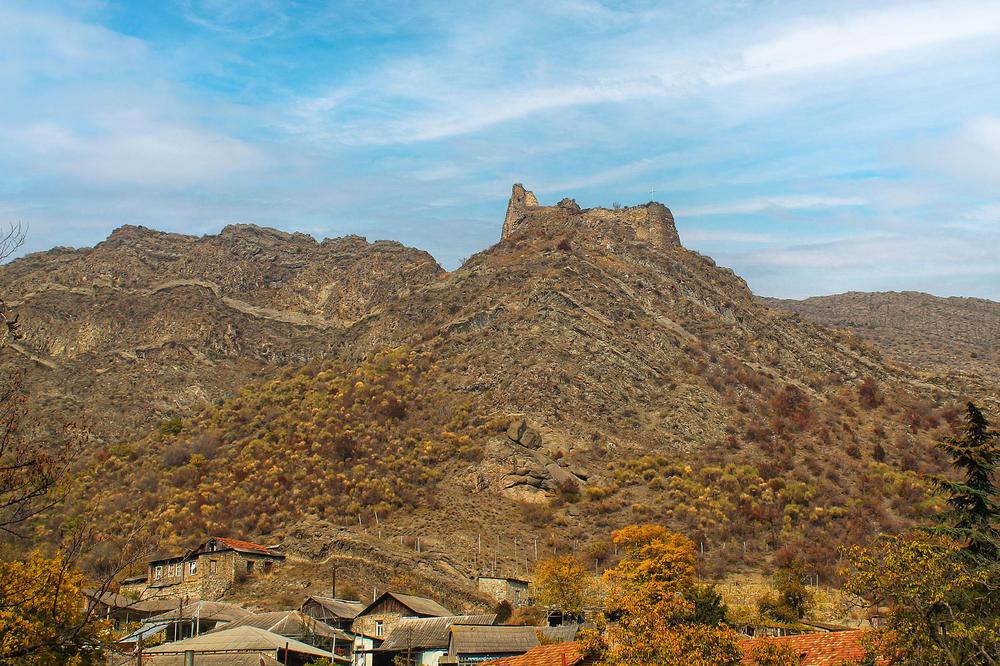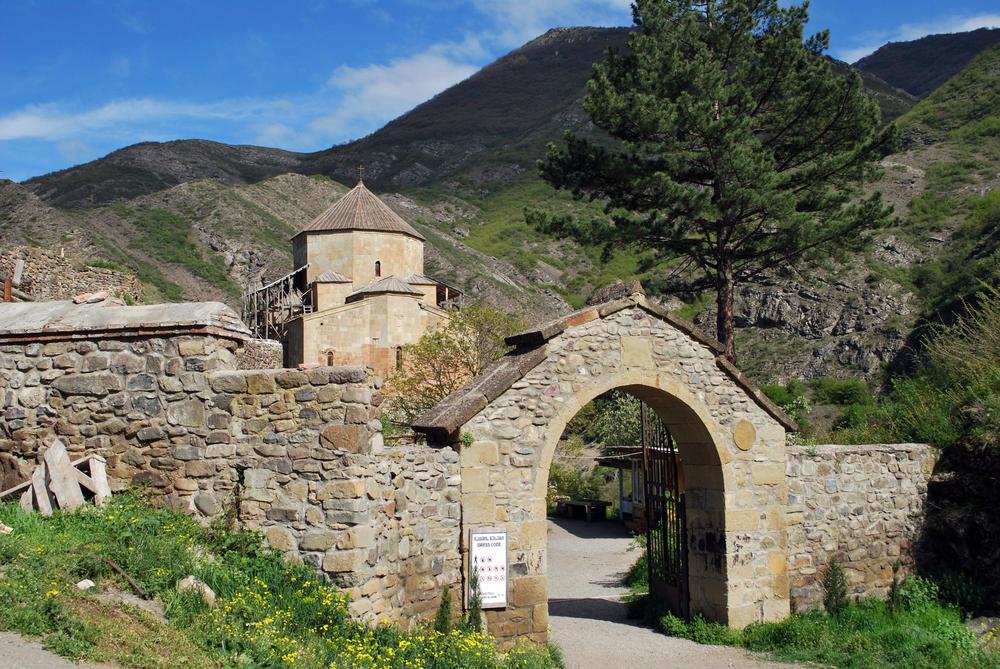In the heart of the Shida Kartli region, nestled in the village of Ortubani, the Mzovreti Monastery Fortress emerges as an astounding symbol of Georgia's robust history. Located in the gorge of the river Dzami, the fortress is a stone's throw away from the famed Kintsvisi Monastery. The name "Mzovreti" springs from the Georgian word "Zazuere," symbolizing a customs hub, and the complex reflects a historic convergence of cultures and traditions.
Presently refurbished, the Mzovreti complex is alive with three operational temples, a library, and an enchanting orchard that bears testament to the monks' dedication. More than just buildings, these structures reverberate with stories of the past and the resilient spirit of Georgia's religious fervor.
The architectural prowess of the Mzovreti complex will leave you in awe. It flaunts a church, bell tower, and castle-hall. The remnants of a palace, coupled with several residential and agricultural structures, add to the charm. Each building has a unique tale; the church, dating back to the early 17th century, greets you with an entrance in the west and windows showcasing the apse and walls. Its ogival arch resting on a pair of wall pilasters adds to its grandeur.
The three-story bell tower, built on the church's west wall in the late 18th century, captivates with its cobblestone facade. The lower level uses cut stone, whereas the interior relies on brickwork. Each floor has its distinct features, with the second housing the guard's residence and the third serving as an arbor for hanging bells.
A unique feature is the seven-story, pyramidal tower, dating back to the 17th century. Built of cobblestone, it holds a trove of tales within its brick-walled interiors, with staircases leading to higher levels and the presence of gun ports and fireplaces hinting at its historic defensive role.
Mzovreti's history is deeply intertwined with the shifting Tsitsishvili feudal center from Mtskheta to Zdovreti in the 17th century. From being a strategic location in a gorge to its rise as a political center of the nobility, Mzovreti has lived through it all. Although the city declined in the 19th century, it was reborn as the village of Ortubani. The fortress found its spiritual calling in 2008 when it was consecrated as a monastery named after the Assyrian Fathers, marking a new era in its rich history.
Mzovreti Monastery Fortress promises a journey back in time, combined with a serene spiritual experience. It stands about 2 hours drive from Tbilisi, making it easily accessible for those thirsty for a blend of history, architecture, and spirituality. While you marvel at the photogenic beauty of the monastery, remember to respect the local customs during your visit – covering the head for women and avoiding shorts for men. As you wander through the complex, you'll find yourself lost amidst a blend of the past and the present, etching an unforgettable chapter in your travel diary.

